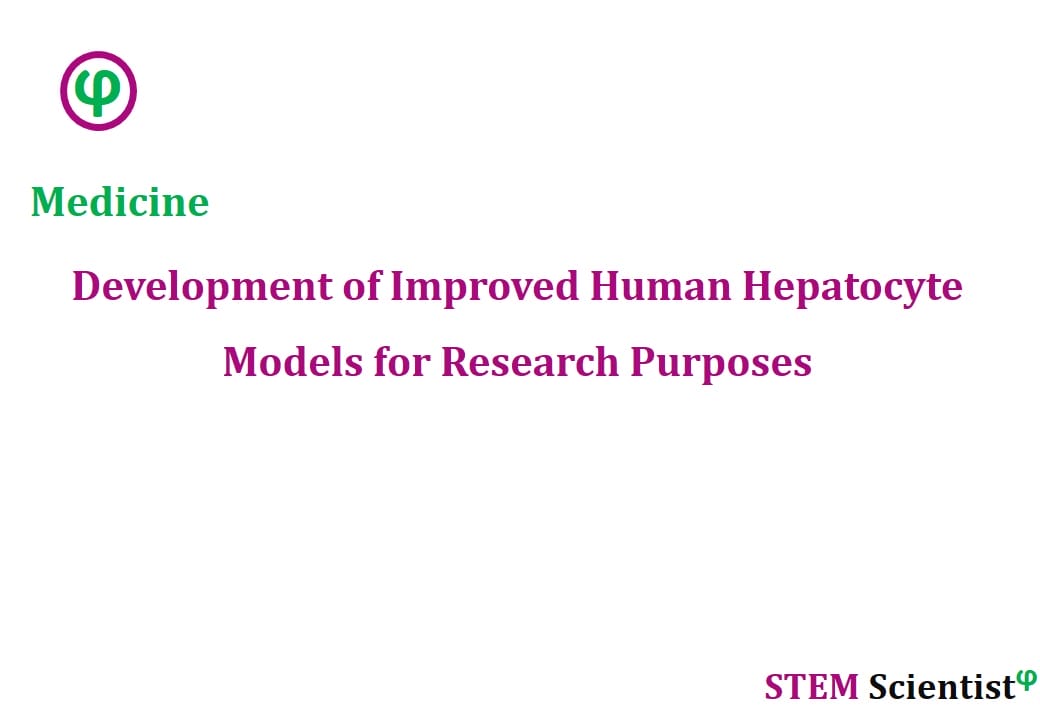
The following study was conducted by Scientists from The Rockefeller University, New York; Massachusetts Institute of Technology, Cambridge; Weill Cornell Medicine, New York; University of Florida College of Medicine; NYU Langone Health, New York; Indiana University, Indianapolis; Broad Institute of MIT and Harvard, Cambridge; Massachusetts Institute of Technology, Cambridge; Brigham and Women’s Hospital, Boston, USA; Ghent University, Belgium; Université Paris-Saclay, France; University Hospital Heidelberg, Heidelberg, Germany; iMedical Research Council Centre for Regenerative Medicine, University of Edinburgh, Edinburgh, United Kingdom; Central Institute for Experimental Animals, Kawasaki, Japan; Department of Medicine D and the Liver Institute, Rabin Medical Center, Belinson Hospital, Petach-Tikva, Israel; Tel Aviv University, Tel Aviv, Israel. Study is published in Proceedings of the National Academy of Sciences Journal as detailed below.
Proceedings of the National Academy of Sciences (2020); 117(3): 1678-1688
Expansion, in vivo–ex vivo Cycling, and Genetic Manipulation of Primary Human Hepatocytes
Significance
The ability to study human liver disease is limited by available hepatocyte models. Primary human hepatocytes (PHH) and xenograft models suffer from limited availability, donor-to-donor variability, and high cost. Here we report two transformative advances. First, the alkaloid retrorsine improves humanization of the murine liver, which allows routine production of highly humanized mice and high-quality mouse-passaged PHH. Second, the ability to genetically modify PHH cultures and retransplant to create highly humanized mice with genetically altered grafts. When combined, these two advances open new frontiers for creating disease-specific PHH models and for performing genetic and other screens in PHH.
Abstract
Primary human hepatocytes (PHHs) are an essential tool for modeling drug metabolism and liver disease. However, variable plating efficiencies, short lifespan in culture, and resistance to genetic manipulation have limited their use. Here, we show that the pyrrolizidine alkaloid retrorsine improves PHH repopulation of chimeric mice on average 10-fold and rescues the ability of even poorly plateable donor hepatocytes to provide cells for subsequent ex vivo cultures. These mouse-passaged (mp) PHH cultures overcome the marked donor-to-donor variability of cryopreserved PHH and remain functional for months as demonstrated by metabolic assays and infection with hepatitis B virus and Plasmodium falciparum. mpPHH can be efficiently genetically modified in culture, mobilized, and then recultured as spheroids or retransplanted to create highly humanized mice that carry a genetically altered hepatocyte graft. Together, these advances provide flexible tools for the study of human liver disease and evaluation of hepatocyte-targeted gene therapy approaches.
Source:
Proceedings of the National Academy of Sciences
URL: https://www.pnas.org/content/117/3/1678
Citation:
Michailidis, E., K. Vercauteren, et al. (2020). “Expansion, in vivo–ex vivo cycling, and genetic manipulation of primary human hepatocytes.” Proceedings of the National Academy of Sciences 117(3): 1678-1688.


